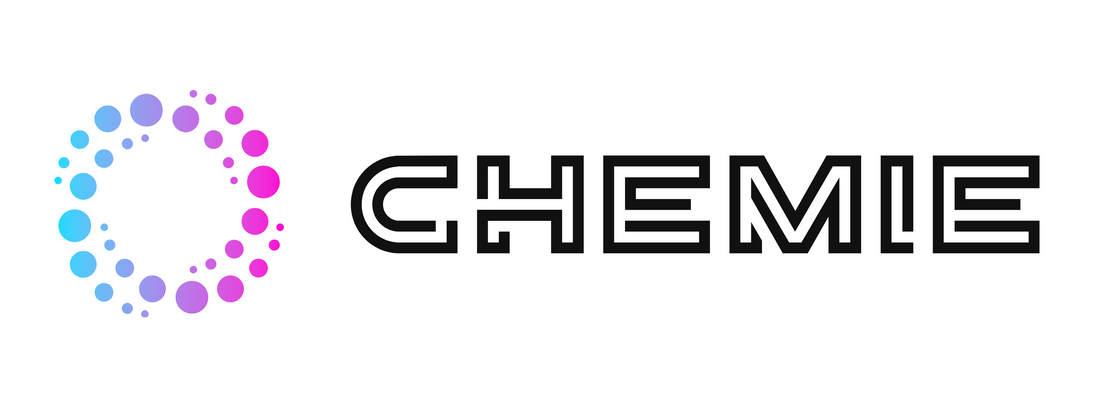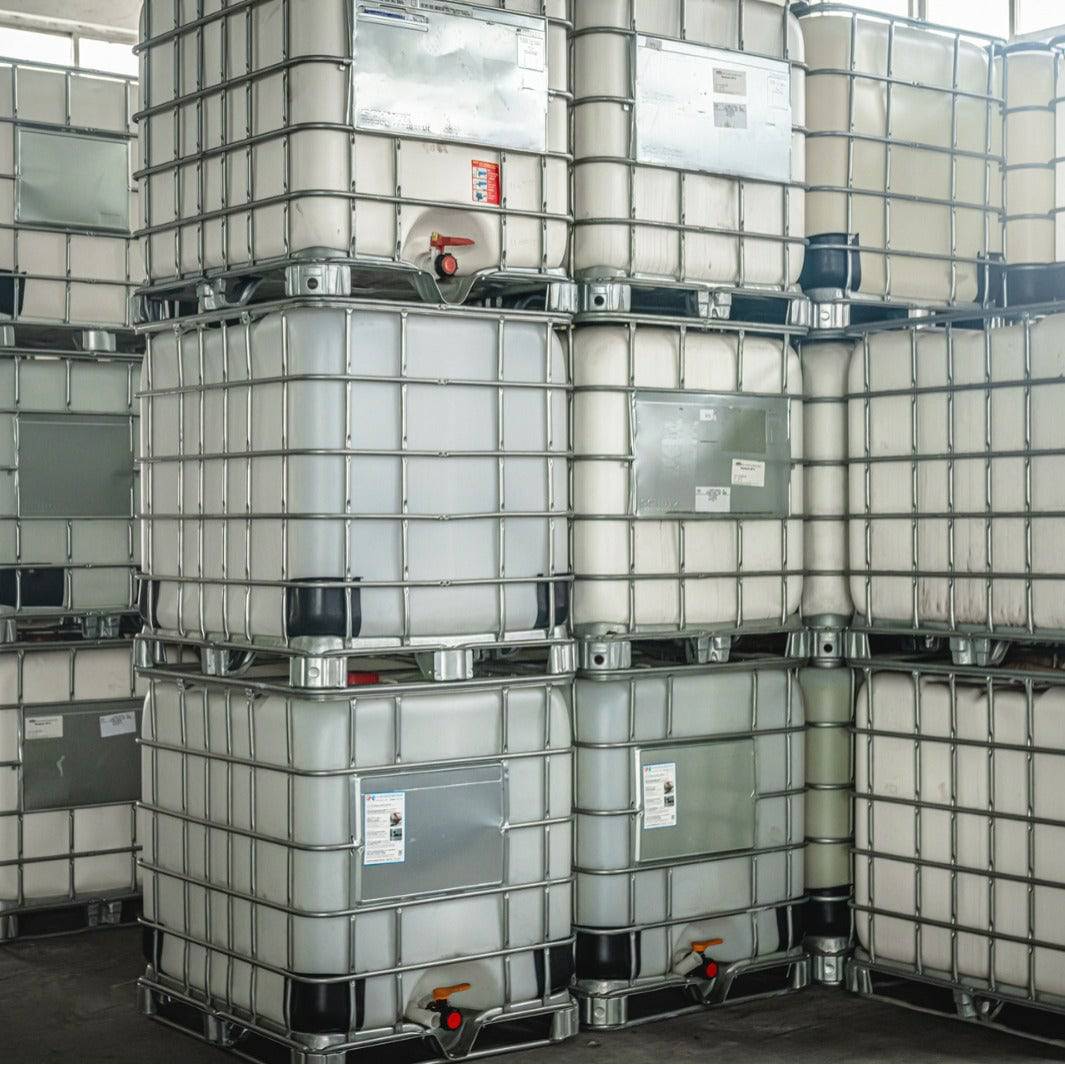How Chemie can Save You Time, Stress, and Money.
Wiki Article
Getting The Chemie To Work
Table of ContentsNot known Details About Chemie The smart Trick of Chemie That Nobody is DiscussingHow Chemie can Save You Time, Stress, and Money.The Basic Principles Of Chemie The smart Trick of Chemie That Nobody is DiscussingGetting My Chemie To Work
By Bojanna Shantheyanda, Sreya Dutta, Kevin Coscia and David SchiemerDynalene, Inc. Fluid cooling, which can be attained making use of indirect or direct ways, is made use of in electronics applications having thermal power thickness that might surpass risk-free dissipation with air cooling. Indirect liquid air conditioning is where heat dissipating electronic elements are literally separated from the fluid coolant, whereas in case of straight air conditioning, the components remain in straight contact with the coolant.Nonetheless, in indirect air conditioning applications the electric conductivity can be essential if there are leaks and/or spillage of the fluids onto the electronic devices. In the indirect air conditioning applications where water based liquids with rust preventions are normally utilized, the electrical conductivity of the liquid coolant mostly relies on the ion focus in the liquid stream.
The increase in the ion concentration in a closed loop fluid stream might take place due to ion leaching from metals and nonmetal elements that the coolant liquid touches with. During operation, the electric conductivity of the fluid might enhance to a degree which could be dangerous for the cooling system.
What Does Chemie Mean?
(https://businesslistingplus.com/profile/chemie999/)They are bead like polymers that can exchanging ions with ions in a service that it is in contact with. In the existing work, ion leaching examinations were performed with different steels and polymers in both ultrapure deionized (DI) water, i.e. water which is treated to the highest degree of pureness, and reduced electrical conductive ethylene glycol/water blend, with the gauged change in conductivity reported with time.
The examples were enabled to equilibrate at area temperature level for two days before recording the preliminary electric conductivity. In all tests reported in this research study liquid electric conductivity was determined to a precision of 1% utilizing an Oakton disadvantage 510/CON 6 collection meter which was calibrated prior to each measurement.
Chemie Can Be Fun For Everyone
from the wall heating coils to the center of the furnace. The PTFE example containers were placed in the heating system when steady state temperature levels were reached. The examination arrangement was gotten rid of from the heating system every 168 hours (seven days), cooled down to space temperature with the electrical conductivity of the liquid gauged.The electrical conductivity of the fluid example was kept track of for a total amount of 5000 hours (208 days). Schematic of the indirect shut loophole cooling down experiment set-up. Parts used in the indirect closed loophole cooling down experiment that are in contact with the fluid coolant.

The Of Chemie
Throughout operation the liquid storage tank temperature level was kept at 34C. The modification in liquid electrical conductivity was kept track of for 136 hours. The liquid from the system was accumulated and saved. Shut loop examination with ion exchange resin was lugged out with the same cleaning treatments employed. The preliminary electrical conductivity of the 230ml UP-H2O in the system gauged 1.84 S/cm.
0.1 g of Dowex resin was contributed to 100g of fluid samples that was absorbed a separate container. The mixture was mixed and change in the electrical conductivity at space temperature level was measured every hour. The determined adjustment in the electric conductivity of the UP-H2O and EG-LC examination fluids including polymer or steel when engaged for 5,000 hours at 80C is revealed Number 3.
The Buzz on Chemie
Ion leaching experiment: Measured adjustment in electrical conductivity of water and EG-LC coolants containing either polymer or steel examples when submersed for 5,000 hours at 80C. The results indicate that steels added less ions right into the liquids than plastics in both UP-H2O and EG-LC based coolants.Liquids including polypropylene and HDPE showed the most affordable electric conductivity modifications. This could be due to the short, inflexible, direct chains which are much less likely to contribute ions than longer branched chains with weak intermolecular forces. Silicone likewise performed well in both examination fluids, as polysiloxanes are normally chemically inert because of the high bond energy of the silicon-oxygen bond which would certainly prevent degradation of the material right into the liquid.
How Chemie can Save You Time, Stress, and Money.
It would be expected that PVC would certainly generate similar results to those of PTFE and HDPE based on the comparable chemical structures of the products, nevertheless there may be various other contaminations existing in the PVC, such as plasticizers, that may impact the electric conductivity of the liquid - dielectric coolant. In addition, chloride teams in PVC can additionally leach into the examination fluid and can cause a boost in electric conductivityPolyurethane entirely disintegrated into the examination fluid by the end of 5000 hour test. Before and after this website images of steel and polymer samples immersed for 5,000 hours at 80C in the ion leaching experiment.
Measured change in the electric conductivity of UP-H2O coolant as a function of time with and without resin cartridge in the closed indirect cooling loop experiment. The gauged adjustment in electric conductivity of the UP-H2O for 136 hours with and without ion exchange resin in the loophole is revealed in Number 5.
Report this wiki page